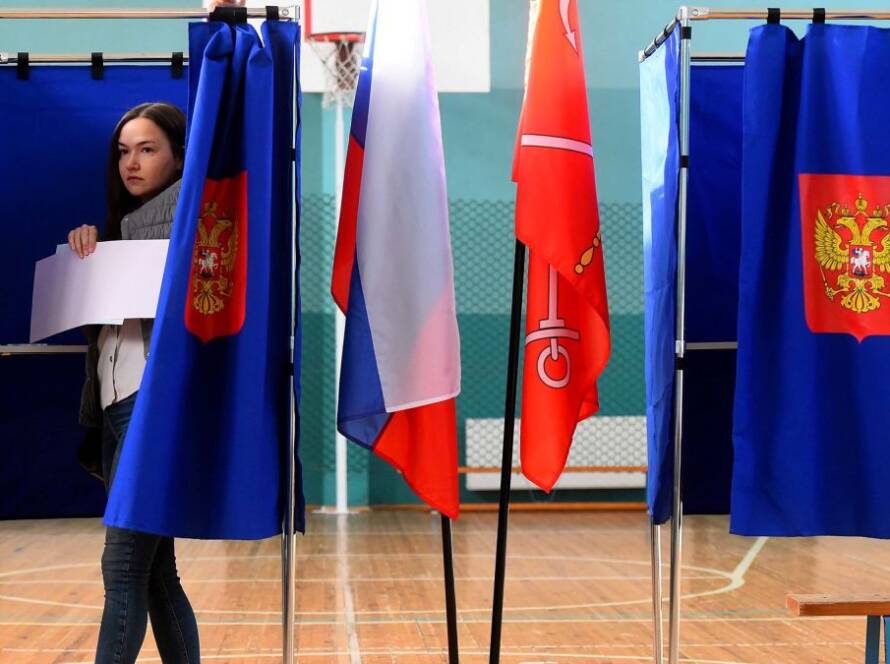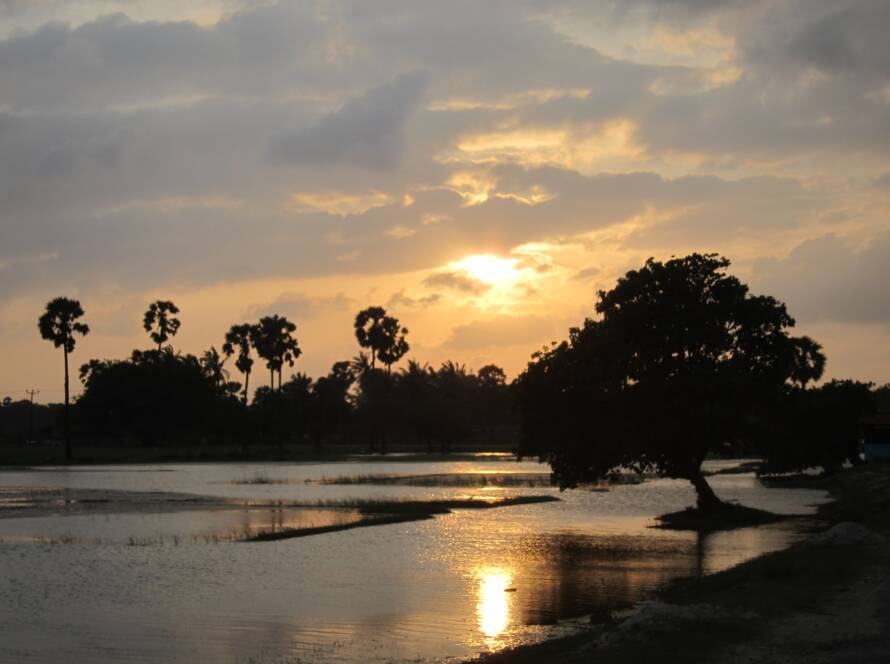By Lakmali Bhagya Manamperi
In Sri Lanka, the right to life had long been waiting for constitutional recognition. Only last year, with the most recent constitutional change, did Sri Lanka recognize the inalienable, unrestricted right to life. However, there has been no substantive discussion about this development.
The rhetoric needs to be brought to limelight, particularly now that Sri Lanka is experiencing an economic crisis. If we carefully execute the recently enacted 22nd Amendment to the Constitution, it will guarantee that the protection of the right to life has the potential to initiate a paradigm shift in the human rights regime in Sri Lanka.
Right to Life in International Human Rights Law
The right to life gained recognition under Article 3 of the Universal Declaration of Human Rights and under Article 6 (1) of the International Covenant on Civil and Political Rights (ICCPR), with a higher degree of binding value. According to international norms, everyone should be entitled to the protection of their right to life without distinction or discrimination of any kind, with equal and effective access to legal redress.
Furthermore, Article 4, Paragraph 2 of the Covenant ensures the non-derogable nature of the right by declaring that there are no exceptional circumstances, such as internal political instability or any other type of public emergency, that could permit a deviation from a person’s right to life and security.
In 1980, Sri Lanka committed to following the ICCPR’s principles by signing it.
Sri Lanka to Uphold Principles of International Human Rights
The harsh reality is that the right to life received less attention by the predecessors who drafted Sri Lanka’s Second Republican Constitution in 1978. The lacuna in the Constitution was fulfilled by judicial interpretation of “other articles” through which the court struggled to attribute a true meaning to the idea. Hence, there were persistent demands for its inclusion in the Constitution as a separate right.
The more commonly used two provisions to interpret the right to life were Article 13 (4), which prohibits punishments with death except by an order of a competent court made in accordance with the procedure established by law, and Article 11, which ensures freedom from torture and cruel, inhuman and degrading treatment or punishment. While the former prohibits deprivation of a person’s life unless by a court order, the later implies that physical and mental harassment amounts to a threat to the peaceful coexistence of a human being.
For instance, in Sriyani Silva v. Iddamalgoda [(2003) 2 SLR 63], the court offered protection under Article 11 to the deceased’s wife to represent in courts on behalf of her husband, who was alleged to have died due to torture in the remand prison.
Thereby, through arduous judicial activism, we have managed to secure a bare minimum right for the people. Thus, the right to life had a meaning limited to mere existence, far from the quality where every human being reciprocates each other’s life with a wider sense of dignity.
Sri Lanka Offers Right to Life
The First Republican Constitution of Sri Lanka in 1972 pledged itself to the protection of right to life under Article 18 (1) (b). However, it did not carry the non-derogable nature that the ICCPR advocated, and hence was subjected to restrictions outlined in Article 18 (2), in the interest of national unity and integrity, national security, national economy public safety, public order, the protection of public health or morals, or the protection of the rights and freedoms of others, or giving effect to the principles of state policy, as set forth under Article 16.
An attempt was made in 2000 to introduce an amendment to the Constitution to identify the right to life as a distinct independent right. However, the proposal never received much attention.
44 years after the adoption of the country’s second homegrown constitution, through the 22nd Amendment introduced on October 21, 2022, the right to life and personal liberty was introduced as a fundamental right under Article 12 (1) (a).
However, it was launched during an anticlimactic moment, where Sri Lanka was experiencing harsh economic turmoil. Due to ignorance, it continues to be underappreciated and unexplored. By contrast, given the most devastating effects of the economic crisis, it has also turned into the most seriously threatened human right.
Right to life in a crisis context
The popular belief is that the State should “provide for” the improvement of socioeconomic rights while “refraining” from interfering with civil and political rights. In other terms, the State holds a “positive obligation” towards the former and a “negative” one to the latter.
However, such a clear compartmentalization is not possible due to the interdependent nature of the two. Civil and political rights coincide with a nation’s socioeconomic conditions and hence demonstrate the indivisible nature of all human rights.
Socioeconomic rights and civil and political rights are not two separate realms, each totally autonomous and hence independent of the other. There is a complex relationship between the two, making them dependent on one another.
For example, illiteracy poses a serious threat to the right to free speech, making education a crucial component of such a right. In a similar vein, freedom from hunger and poverty, the right to obtain healthcare, and other factors are necessary to elicit the true meaning of the right to life.
Thereby, the State is vested with an inalienable duty to progressively realize the minimum core survival standards so as to facilitate immediate obligations under civil and political rights.
Sri Lanka is currently listed as having the highest rate of malnutrition, driven to the brink of starvation. The nation struggles with extreme poverty and has major concerns regarding access to healthcare. Since our institutional mechanisms are better geared to protect independent claims of rights – right to life provision could be used to invoke socioeconomic and cultural rights. Sri Lanka does not recognize socioeconomic rights under the Fundamental Rights Chapter of the Constitution and instead referred as mere State Directives, with less binding value.
Many other South Asian nations with similar constitutional architectures have adopted the practice of using right to life provisions to safeguard socioeconomic rights. For example, right to education and health has received protection under the right to life provision in India under Article 21 of its Constitution.
To make the most out of the recent Amendment, Sri Lanka could adopt a similar stance. This hence represents the best opportunity to encompass an expansive meaning to it and encourage a “state-mediated structural mechanism” to secure the basic social-economic values of the people even during extreme calamities. By virtue of the right to life, Sri Lankans could now be able to realize and rejoice in the socioeconomic rights which the government has long neglected.
Lakmali Bhagya Manamperi lectures law at the Asia Pacific Institute of Information Technology (APIIT) in Sri Lanka. She can be reached at lakmali.manamperi3@gmail.com.
Factum is an Asia Pacific-focused think tank on International Relations, Tech Cooperation, and Strategic Communications accessible via www.factum.lk.
The views expressed here are the author’s own and do not necessarily reflect the organization’s.


